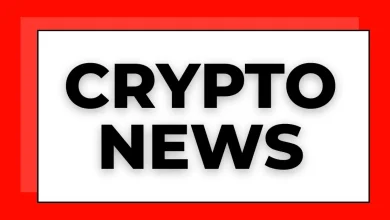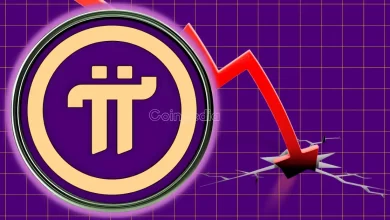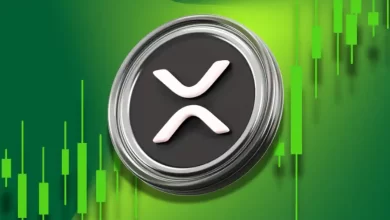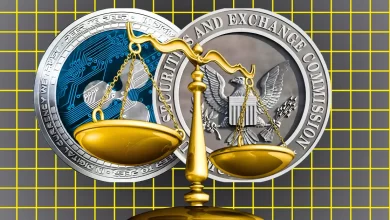
Meme coins dropped 10-70% this year but still attract strong interest from traders.
Exchanges profit from meme coins due to high trading fees and large price spreads.
Meme coin listings on major exchanges are increasing, despite initial hesitation from U.S. platforms.
Meme coins, the fun and often humorous cryptocurrencies that took the internet by storm, have had a rocky start this year. According to a recent Kaiko report, most meme tokens have struggled, with losses ranging from 10% to as much as 70% since the beginning of the year. But does this mean the meme coin frenzy is over? Not quite.
Meme Coins Face Ups and Downs
Kaiko’s report shows that, although meme tokens like Dogecoin, Shiba Inu, and newer coins have dropped significantly in price this year, their popularity hasn’t faded completely.
While these tokens haven’t performed well recently, their communities remain strong, and traders are still active, showing that the hype isn’t gone.
The Rise and Fall of Meme Coins: A Quick Overview
Last year, meme coins gained massive attention, driven by viral trends and the chance for quick profits. Traders rushed to buy into these tokens, hoping for big returns. But in 2025, despite the volatility, the continued launch of new meme coins—especially on the Solana network—proves that traders are still willing to bet on the next big viral success.
Why Do Meme Coins Keep Growing?
One major reason meme coins continue to thrive is that they’re profitable for both exchanges and market makers. The price difference between buying and selling meme coins is much higher than for bigger cryptocurrencies like Solana (SOL) or Ripple (XRP). This allows market makers to make more money from trading meme coins.
Exchanges are also eager to cash in on meme coin trading, which brings in millions in fees. Centralized exchanges (CEXs) have been adding meme coins quickly since 2020. While U.S. exchanges like Coinbase were initially slower to list meme tokens, they are now catching up.
Coins like PNUT, TRUMP, and MELANIA appeared on major exchanges like Binance and Coinbase within days, thanks to their viral appeal and connections to popular figures.
The Risks of Quick Meme Coin Listings
However, Kaiko’s analysis points out the risks involved in the rapid listing of meme coins. These tokens often see huge trading volumes, far surpassing their liquidity, especially when they first launch. For instance, the TRUMP token saw $16 billion in trading volume on January 20—about 30% of Bitcoin’s daily volume—despite having limited liquidity.
This imbalance can lead to extreme price swings, forcing market makers to widen bid-ask spreads to manage risk. As a result, trading costs go up, making meme coins a high-risk, high-reward investment.
Still Going Strong!
Even though the meme coin hype has slowed this year, it’s far from over. The mix of humor, community support, and speculative potential continues to attract investors. As exchanges adjust their listing strategies—from “allowlists” to “blocklists”—to better manage new tokens, meme coins are likely to remain a significant part of the crypto world.
In short, while 2025 has been a bumpy ride for meme coins, their ability to capture the attention of traders and investors ensures they’ll continue to play a major role in the crypto market.







